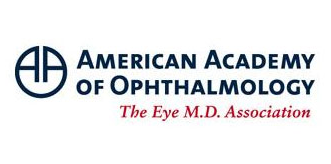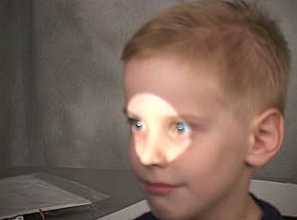Researchers in the United Kingdom have demonstrated that advanced DNA testing for congenital cataracts can quickly and accurately diagnose a number of rare diseases marked by childhood blindness, according to a study published online in Ophthalmology, the journal of the American Academy of Ophthalmology. Using a single test, doctors were able to tailor care specifically to a child’s condition based on their mutations reducing the time and money spent on diagnosis and enabling earlier treatment and genetic counseling.
Each year, between 20,000 and 40,000 children worldwide are born with congenital cataracts, a disease that clouds the lens of the eye and often requires surgery and treatment to prevent blindness.[1] The disease can arise following a maternal infection or be inherited as an isolated abnormality. Congenital cataracts can also appear as a symptom of more than 100 rare diseases, making mutations in the 115 genes associated with congenital cataracts useful as diagnostic markers for the illnesses.
Diagnosing these rare diseases previously proved a lengthy, costly and inconclusive process involving numerous clinical assessments and taking a detailed family history. DNA testing, one gene at a time, would have taken years to complete. Employing new DNA sequencing technology, called targeted next-generation sequencing, researchers at the University of Manchester sped up diagnosis to a matter of weeks by testing for mutations in all 115 known congenital cataracts genes at one time.
In 75 percent of the 36 cases tested, the DNA test determined the exact genetic cause of congenital cataracts. In one case, the DNA test helped diagnose a patient with Warburg Micro syndrome, an extremely rare disease that is marked by an abnormally small head and the development of severe epilepsy, among other medical issues. Having a clear diagnosis allowed for genetic counseling and appropriate care to be delivered quicker than previously possible without the test.
“There are many diseases that involve congenital cataracts but finding the exact reason was always difficult,” said Graeme Black, DPhil., professor of genetics and ophthalmology at the University of Manchester and strategic director of the Manchester Centre for Genomic Medicine. “Even with a family history, diagnosing these rare diseases was always a bit of a shot in the dark.”
In the course of their work, done in collaboration with Manchester Royal Eye Hospital, researchers also found previously undescribed mutations linked to cataract formation. “There is hope that our work may one day provide more insight into the development and treatment of age-related cataracts, a leading cause of blindness worldwide,” said Rachel Gillespie, MSc, lead author of the study who designed and developed the test.
The test was made available to U.K. patients through the country’s National Health Service in December 2013. Infants and children who have congenital cataracts can be tested as well as prospective parents with a history of the condition who wish to evaluate the risk to their child. Results generally take about two months. While only available in the U.K., the congenital cataract DNA test can be requested by registered medical facilities through international referral.
As with all genetic testing, the American Academy of Ophthalmology encourages clinicians and patients to consider the benefits as well as the risks. Ophthalmologists who order genetic tests either should provide genetic counseling to their patients themselves, if qualified to do so, or should ensure that counseling is provided by a trained individual, such as a board-certified medical geneticist or genetic counselor. For more information, please see the Academy’s recommendations on genetic testing for inherited eye diseases.
http://www.medicalnewstoday.com/releases/281442.php



